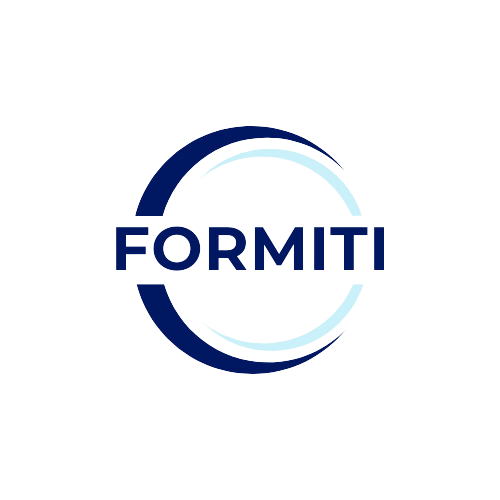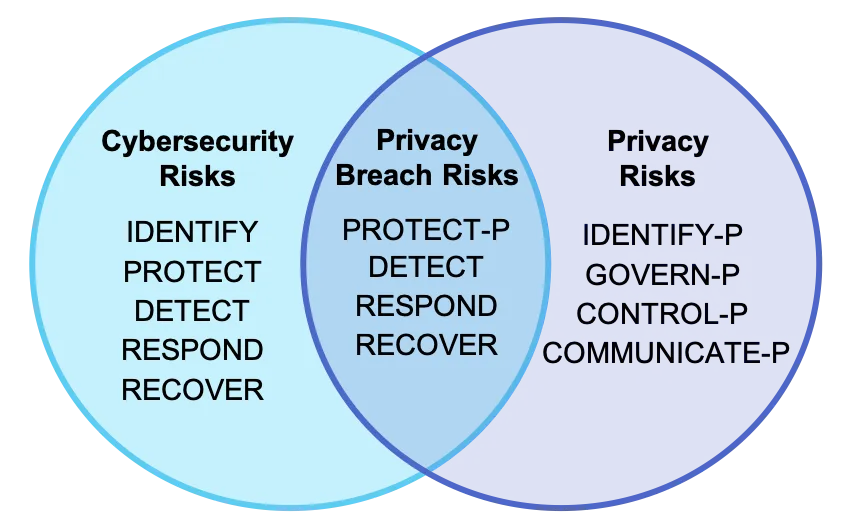Introduction
In recent years,global data privacy has undergone significant changes with the advent of new regulations, such as the California Consumer Privacy Act (CPRA). The CPRA strengthens the privacy rights of California residents and places additional responsibilities on businesses handling personal information. One valuable tool for businesses to navigate the complexities of privacy management is the National Institute of Standards and Technology (NIST) Privacy Framework. In this article, we will explore how to implement the NIST Privacy Framework to achieve compliance with the California CPRA.
Understanding the NIST Privacy Framework
The NIST Privacy Framework is a comprehensive and flexible set of guidelines designed to help organizations manage privacy risks, enhance privacy protections, and build customer trust. It outlines best practices and offers a structured approach to developing, implementing, and improving privacy programs. The framework consists of three core parts: the Core, Profiles, and Implementation Tiers.
- Core: The Core is the heart of the framework, consisting of five privacy functions, each representing key privacy activities. These functions are:a. Identify-P: Understand the privacy risks and requirements of the organization. b. Govern-P: Establish and maintain a governance structure to manage privacy risks. c. Control-P: Develop and implement appropriate privacy controls and safeguards. d. Communicate-P: Provide clear and transparent communication about privacy practices. e. Protect-P: Continuously assess and manage privacy risks to protect individuals’ data.
- Profiles: Organizations can create a “Profile” that aligns with their specific privacy objectives and risk tolerance. A profile is a subset of the Core that tailors the functions and categories according to the organization’s needs.
- Implementation Tiers: The Implementation Tiers help organizations understand the maturity of their privacy program and how effectively they manage privacy risks.
Implementing NIST Privacy Framework for CPRA Compliance
- Conduct a Privacy Assessment: Begin by conducting a comprehensive privacy assessment to understand the organization’s data processing activities, types of data collected, and data flow. Identify the personal information of California residents that fall under the scope of CPRA.
- Create a Data Inventory: Build a detailed data inventory that documents the data elements, sources, uses, and third-party sharing of personal information. Classify the data based on sensitivity and impact on privacy.
- Map Privacy Functions to CPRA Requirements: Align the five privacy functions of the NIST Privacy Framework (Identify-P, Govern-P, Control-P, Communicate-P, Protect-P) with the relevant requirements of CPRA. This mapping will help ensure all CPRA obligations are addressed systematically.
- Develop a Privacy Program: Based on the privacy assessment and mapping, create a comprehensive privacy program that includes policies, procedures, and guidelines. Clearly define roles and responsibilities within the organization for privacy-related tasks.
- Establish a Governance Structure: Designate a privacy officer or team responsible for overseeing the privacy program. Define the decision-making process, reporting mechanisms, and accountability for privacy-related matters.
- Implement Privacy Controls: Develop and deploy privacy controls that align with the organization’s risk profile and CPRA requirements. These controls should safeguard personal information from unauthorized access, use, and disclosure.
- Communicate Privacy Practices: Provide easily accessible and clear privacy notices that explain how personal information is collected, used, and shared. Ensure transparency about data processing activities and individuals’ rights under CPRA.
- Monitor and Assess Privacy Risks: Continuously monitor privacy risks and conduct periodic assessments to identify potential gaps or vulnerabilities. Implement measures to mitigate risks effectively.
- Train Employees and Stakeholders: Educate employees and relevant stakeholders about the privacy program, their roles in protecting personal information, and the importance of compliance with CPRA.
- Maintain Documentation: Maintain detailed records of privacy practices, assessments, training sessions, and incidents. Documentation is crucial for demonstrating compliance with CPRA and the NIST Privacy Framework.
Conclusion
Implementing the NIST Privacy Framework provides a structured approach to enhance privacy protections and comply with the California Privacy Rights Act. By following the Core functions, creating Profiles, and evaluating Implementation Tiers, organizations can develop a robust privacy program tailored to their specific needs. Embracing the NIST Privacy Framework not only ensures compliance with CPRA but also instills customer trust, strengthens data protection measures, and mitigates privacy risks effectively. As privacy regulations continue to evolve, adopting proactive privacy management practices will become a hallmark of successful and responsible businesses in the digital era.
Not sure how to start? Formiti Global Privacy Expert services can help you get on the right path.

